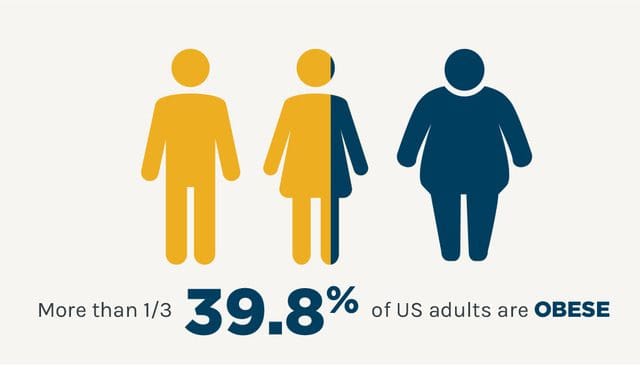We’ve all been there: it’s three o’clock on a Wednesday and the mid-afternoon, post-lunch, energy slump hits. The easiest cure: a snack that will help you get through the rest of the workday. You head down the hall to the vending machine where your choices are…candy, chips, pastries, or more candy. Wanting something healthy, you head downstairs to the office cafeteria, only to find that the same unhealthy foods are available.
In an environment where the unhealthy choice is consistently the cheapest, easiest, and most available option—where does one go? How can we increase access to healthy food and offer healthy food choices?
CityHealth’s newest research looks at which cities are trying to change the fact that residents often have few options while trying to find healthy food on city property. In our latest report, Healthy Food Procurement in American Cities, we looked at these policies in the nation’s 40 largest U.S. cities. We assessed whether the city has nutrition standards in place, what percentage of foods and beverages sold on city property abide by those standards, and whether all types of city food and beverage contracts are covered.
We found that across the country, cities are making great progress on this policy. Nine cities—Boston, Long Beach, Los Angeles, New York, Philadelphia, San Antonio, San Francisco, Seattle, and Washington, D.C.—earned a gold medal, our highest rating. Four cities improved their status since 2018: San Antonio moved from no medal to achieving gold, Seattle moved from bronze to gold, Denver from no medal to silver, and Austin from no medal to bronze.
Cities across the country are giving residents new choices, thanks to healthy food procurement policies. These policies help ensure that healthy food options are available in city-owned or controlled places so that when the mid-day snack craving hits, healthy options like fruits, veggies, and nuts are easy picks. These healthier selections—whether they’re available in a vending machine or on a menu—also help us achieve and maintain a healthy weight, which helps reduce obesity and related conditions, like heart disease and type 2 diabetes.
At CityHealth, healthy food procurement is one of our nine recommended policy solutions that cities can adopt to help their communities thrive. Healthy food procurement alone won’t beat the obesity epidemic, but it’s a great start for city leaders who want to make their city a healthier place. This is a policy that changes the way public officials spend dollars that are directly under their control. The truth is, when they do, it’s a win-win for residents and businesses. Experts found that when cities leverage their purchasing power to offer healthier food choices in city-owned and controlled places, everyone benefits—businesses’ profits go up, and residents see their weight go down. The Automatic Merchandising State of the Industry report found that offering healthy food attributed as much as a 25% upswing in sales and the Snack Food Association reports that sales growth of healthier snacks is outpacing traditional snack foods by a ratio of 4 to 1.

For the cities themselves, it’s a policy that’s sorely needed to rein in sky-high health care spending. One-third of adults are obese, and an additional third is overweight. Every year, cities with the highest obesity rates pay an estimated $50 million in costs associated with obesity and related chronic conditions. Even cities with comparatively low obesity rates incur millions of dollars in preventable health care bills. By adopting healthy purchasing or procurement policies, so that foods served or sold on city property include healthy options and meet basic nutrition standards, cities can help reduce obesity rates and curb these costs.
Running a city isn’t easy, and policy change can be complex. City leaders are often presented with tough choices that present few good options. Whether or not to offer healthy food isn’t one of them. We encourage cities to adopt this proven policy and provide their residents the opportunity to grab a healthy snack or lunch when they are on city property. Show your residents that your city is doing all it can, where it can, to create healthy spaces and give residents the chance to thrive – even during that afternoon snack break.






